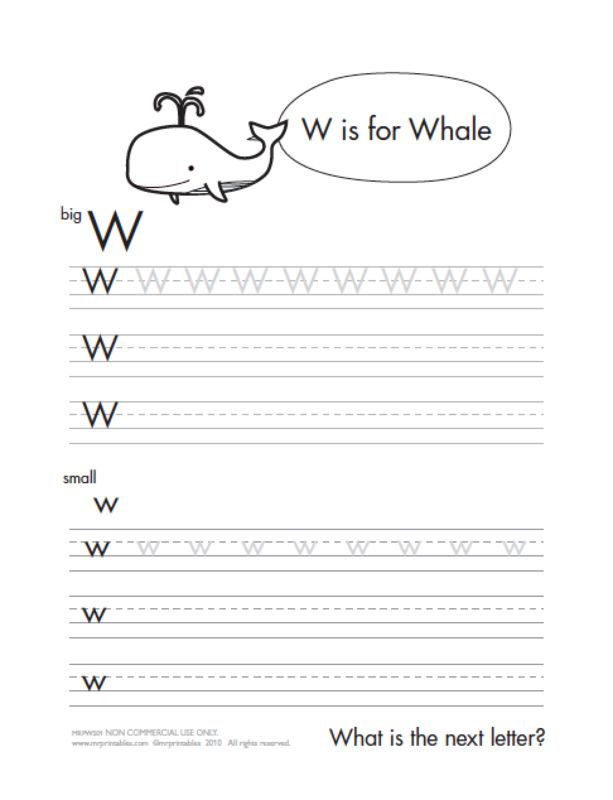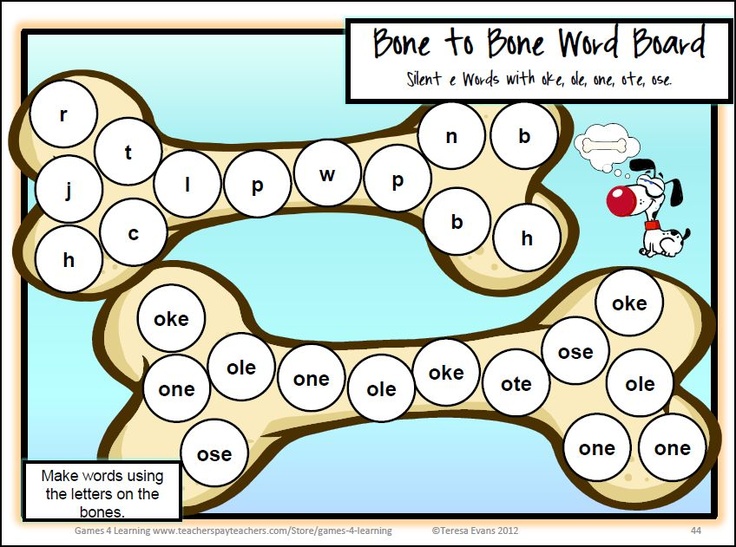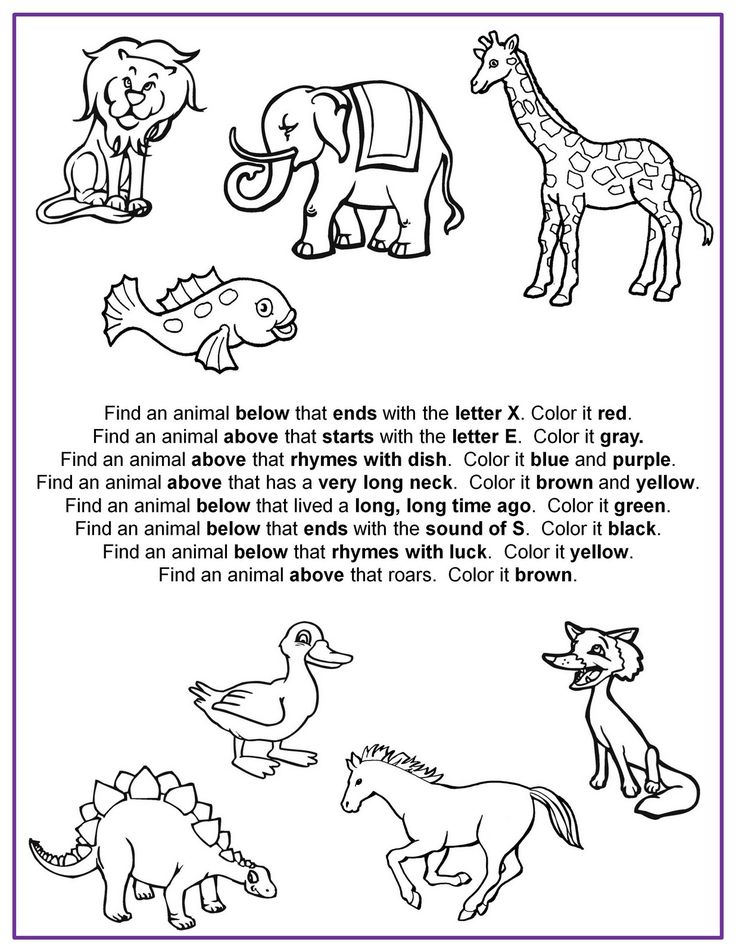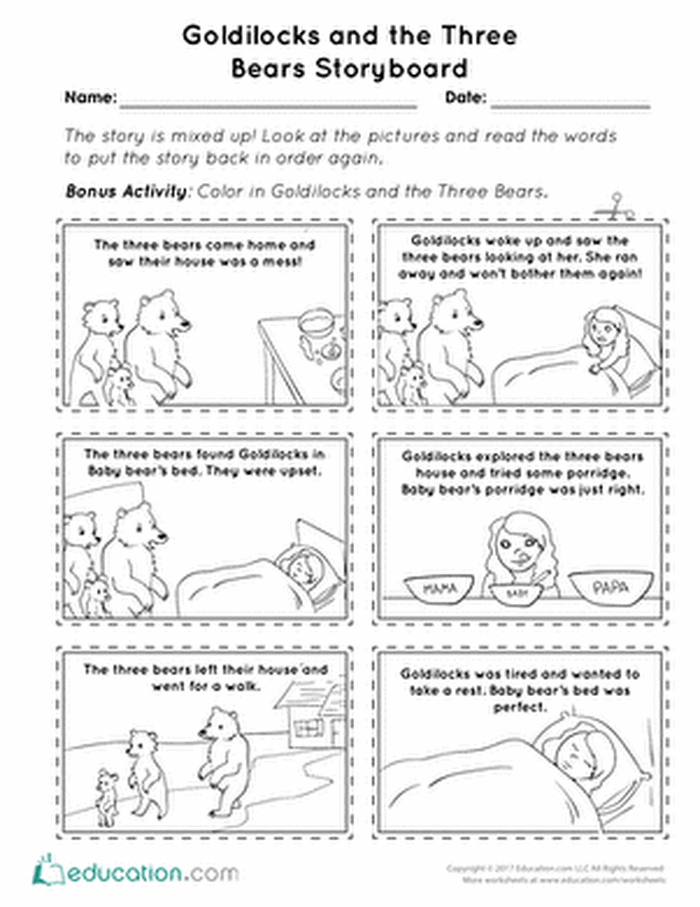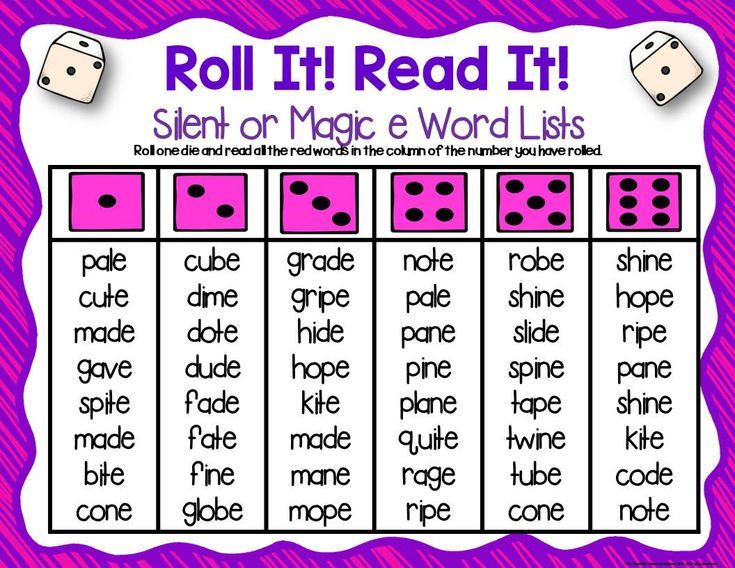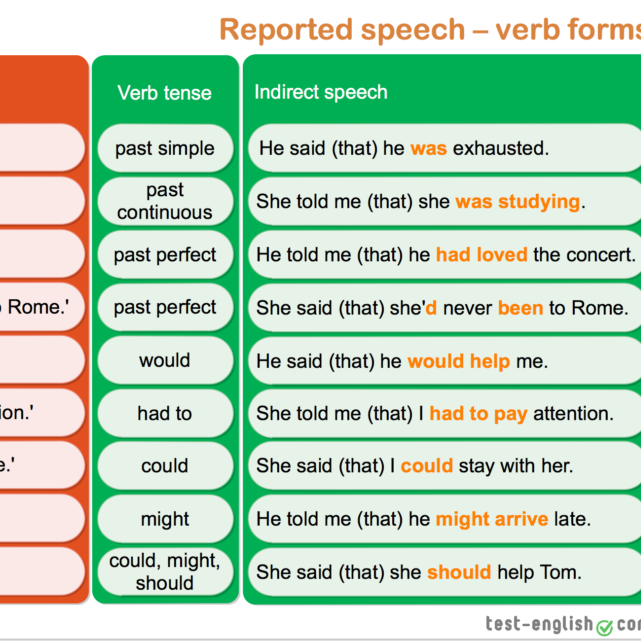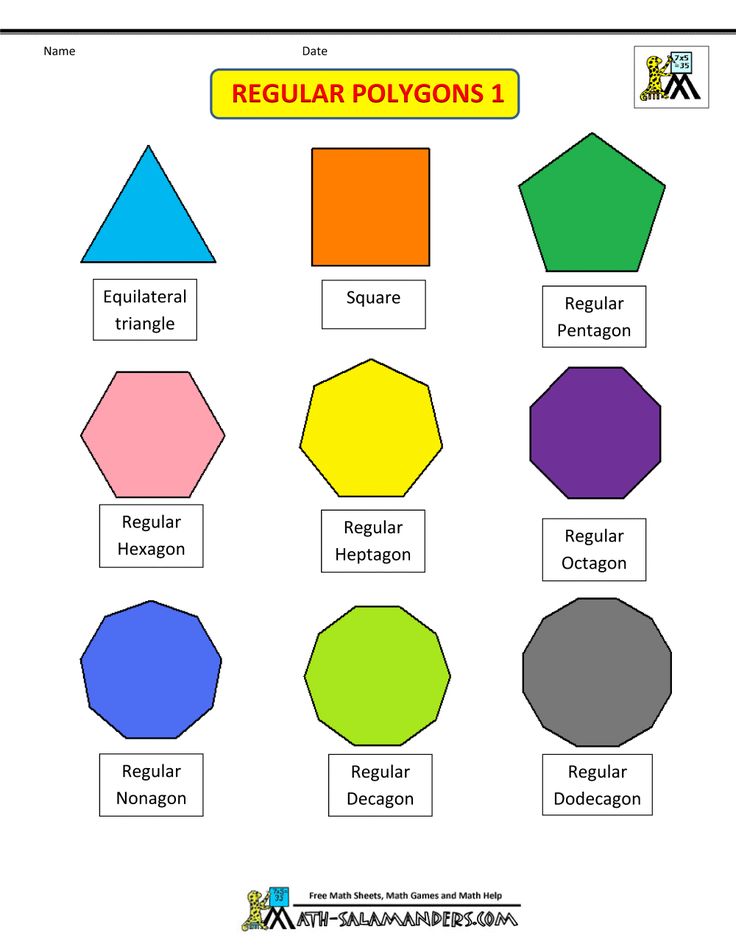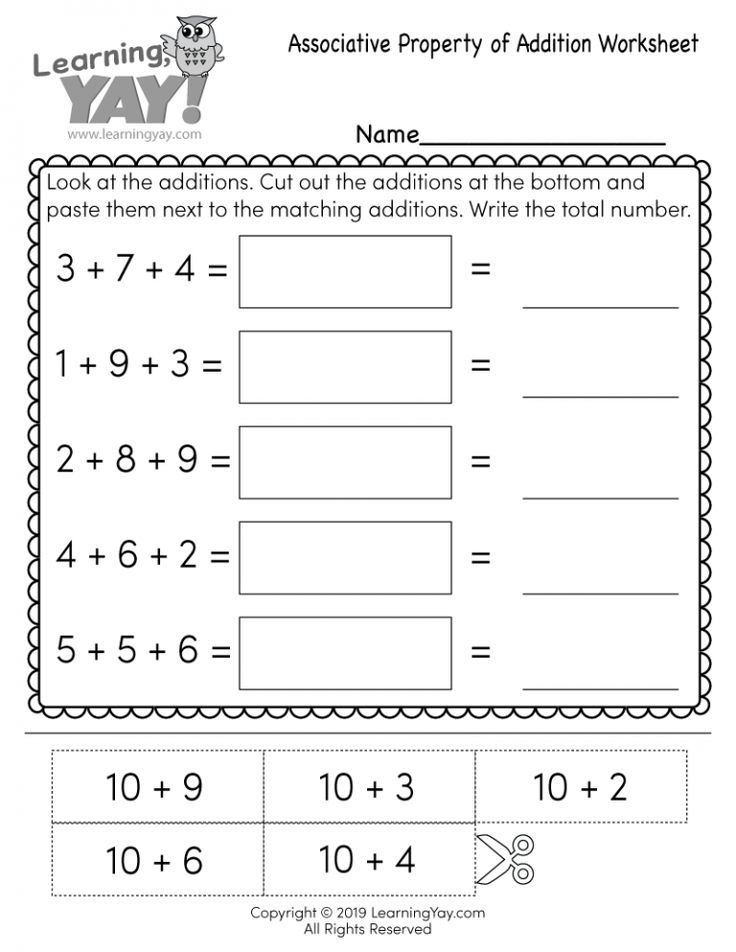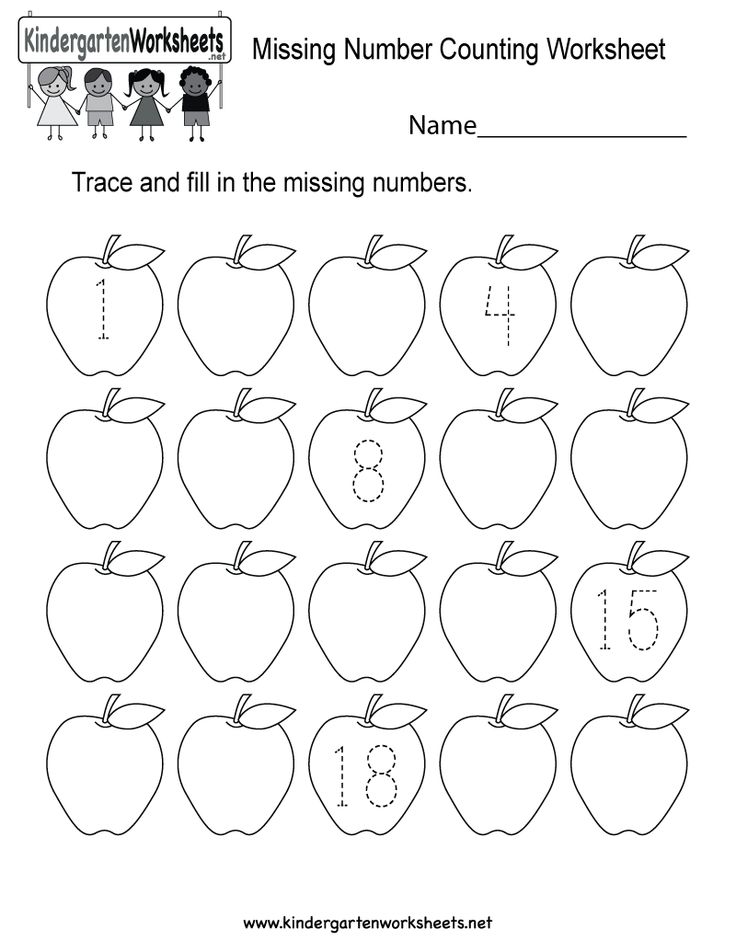At what age should a child start writing alphabets
At What Age Should a Child Know the Alphabet?
As children grow, they naturally hit learning milestones. One of the most critical educational milestones a child must reach is learning the alphabet, which prepares them for reading and writing.
But at what age should a child know the alphabet?
In this article, you will learn at what age a child should know how to recite the alphabet, recognize and write individual letters, learn letter sounds, and eventually learn how to read. Read on to make sure your little one is on the right track!
At What Age Should a Child Know the Alphabet?
Recitation
Typically, by the age of three, children should be able to recite the alphabet. However, every child is different. Some toddlers may learn in their twos, and others might not pick it up until the late threes.
Children generally learn how to recite the alphabet through repetition. If you sing the ABC song to your kids often, they are more likely to pick it up quicker, just as they would any song.
Recognition
Most children can recognize letters between the ages of three and four. Most kids will recognize the letters in their name first.
For example, a boy named Jace will probably be able to remember what the letter “J” looks like as well as recognize most other letters in his name. Similar to alphabet recitation, use repetition to teach your children about recognizing individual letters. You may ask them, “What letter is that?” whenever you see an isolated letter.
Writing
By ages four to five, children will start writing letters. Children will learn to write the alphabet in preschool and kindergarten, but it may be beneficial to have your child practice writing his/her letters at home. Most children at this age know that written symbols represent messages and may be interested in writing on their own. One of the easiest ways children learn how to write letters is to begin tracing them.
Additionally, teaching your child how to write his/her name is an important step that will ultimately help them become familiar with writing the rest of the alphabet.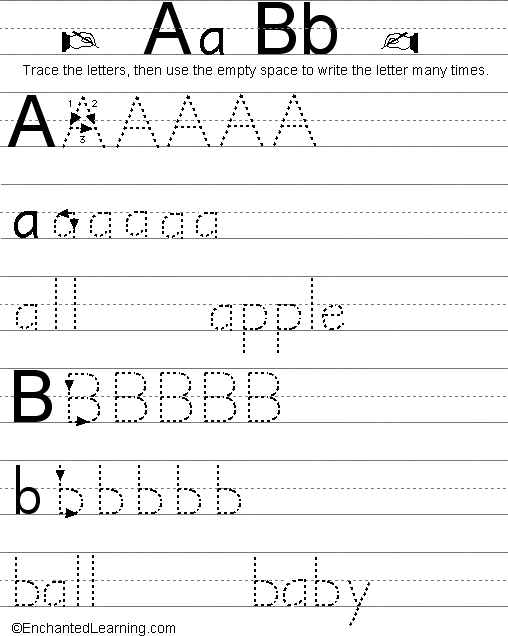
Sounds
By five years old, children will start to associate letters with their accompanying sounds, otherwise known as phonics. In other words, around the age of five, children should be able to reason that the word “book” starts with the letter B.
Children begin learning phonics in kindergarten, which is a vital step to decoding written text and begin reading.
Reading
By six years old, first graders should be able to read words aloud with ease. For the most part, children can recognize sight words and their names. Moreover, children can decode some words by sounding out their letter combinations.
By second grade, a child should be able to sound-out a simple book. By the third grade, your child should be able to read independently and fluently. By this point, your child should be a master of the alphabet and is ready to master the art of reading!
What If Your Child Isn’t Learning at the Rate S/He Should?
It’s important to remember that every child is different and may learn at a different rate.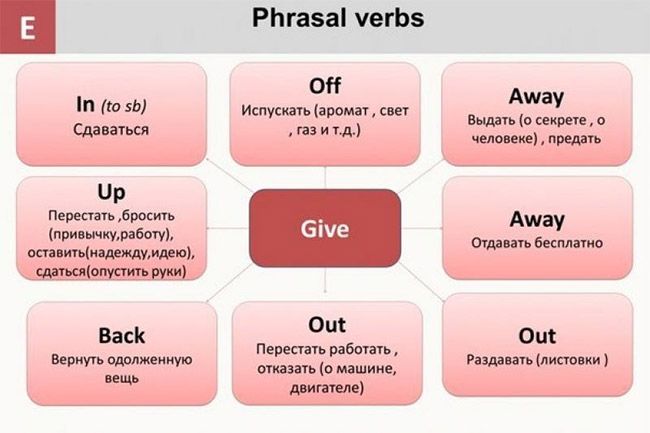 If your child isn’t learning the alphabet at the pace s/he should, one reason may be because s/he isn’t interested or is simply undergoing a minor setback.
If your child isn’t learning the alphabet at the pace s/he should, one reason may be because s/he isn’t interested or is simply undergoing a minor setback.
However, if your child is falling severely behind, it’s important to find out if your child truly has a problem learning or if it is nothing to worry about. Therefore, work one-on-one with your child to determine if there is a problem. For example, practice reading and writing with your child. If s/he is having a hard time comprehending the instruction or if it’s taking him/her an abnormally long time to do the task, consider talking with your child’s teacher about it.
In the end, if you suspect your child might have a reading or learning disability, discuss it with a doctor. If your child is truly suffering from a reading disability, it can cause him/her to fall behind in his/her education. The sooner you seek help, the sooner you will be able to find a solution that works for your precious little one!
Learn the Alphabet at a Top-Tier School!
So at what age should a child know the alphabet? Learning the alphabet is an ongoing process.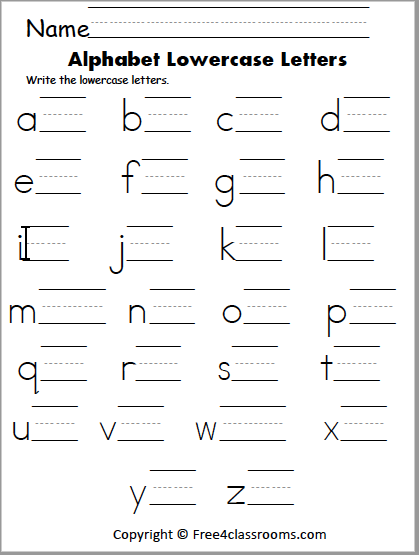 That being said, it’s crucial to enroll your little one in a school that will not only teach him/her but also helps develop in him/her a love of learning.
That being said, it’s crucial to enroll your little one in a school that will not only teach him/her but also helps develop in him/her a love of learning.
Smaller Scholars Montessori Academy helps children become more confident, creative, and independent through the acclaimed Montessori experience. You can enroll your child in the toddler program, which is for kids between the ages of eighteen months and three years, or in the primary program, for children between three and six years. In both programs, children have a rich classroom environment in which they are encouraged to explore, learn, and thrive. Then, as children grow older, they can explore the elementary program for kids up to twelve years old.
What are you waiting for? Ensure your child learns the alphabet and how to read by enrolling your child in Smaller Scholars Montessori Academy! Contact them to learn more.
At What Age Should Kids Start Writing the Alphabet?
Learning the letters of the alphabet is one of the first skills your child needs to develop in order to be able to read. Writing is an essential part of learning, but like anything else, kids' writing skills develop at different ages. The Scholastic website points out there is no need to worry if a child doesn't show interest in writing by age 3 1/2, as it will come in time. Not all children write as early as others do.
Writing is an essential part of learning, but like anything else, kids' writing skills develop at different ages. The Scholastic website points out there is no need to worry if a child doesn't show interest in writing by age 3 1/2, as it will come in time. Not all children write as early as others do.
Early Years
Between the ages of 2 and 3 is when toddlers start to become aware of letters. This is also the time when they try to draw and write. If your child wants you to help him, print a letter and then encourage him to try and do the same. Although his scribbles may be indiscernible at first, he knows what he’s trying to write. What may look like scribbles to you means something to him. In time, what he writes will begin to resemble letters. You can help him learn to write better by providing the opportunities and tools for him to practice his writing skills.
Preschool
Children usually start to identify letters of the alphabet by 3 to 4 years of age. Preschoolers begin by learning the uppercase letters first, as these are simpler to recognize and write. Once kids know at least a few letters, they try to write them. Uppercase letters with straight lines are easier for kids to write than letters that have diagonal lines. Since children this age are generally able to recognize their own names, the next step is trying to write their names themselves, even if they do just a few of the letters. If a child’s name is long, teach her to write her nickname first, since it has fewer letters.
Once kids know at least a few letters, they try to write them. Uppercase letters with straight lines are easier for kids to write than letters that have diagonal lines. Since children this age are generally able to recognize their own names, the next step is trying to write their names themselves, even if they do just a few of the letters. If a child’s name is long, teach her to write her nickname first, since it has fewer letters.
Kindergarten
By the time they enter kindergarten, most children can recognize letters and the sounds they make. Once kids can name all the letters in the alphabet, they start learning how to write them in the proper sequence. Even though in the beginning children don’t usually write from left to right, they eventually get the idea. Before the end of kindergarten, children start to write simple, familiar words and should be able to write letters legibly when they go to first grade 4. In an article for WebMD, Sheldon H. Horowitz, Director, Professional Services, National Center for Learning Disabilities, explains that it helps children to learn the basics of writing when they are learning how to read 4.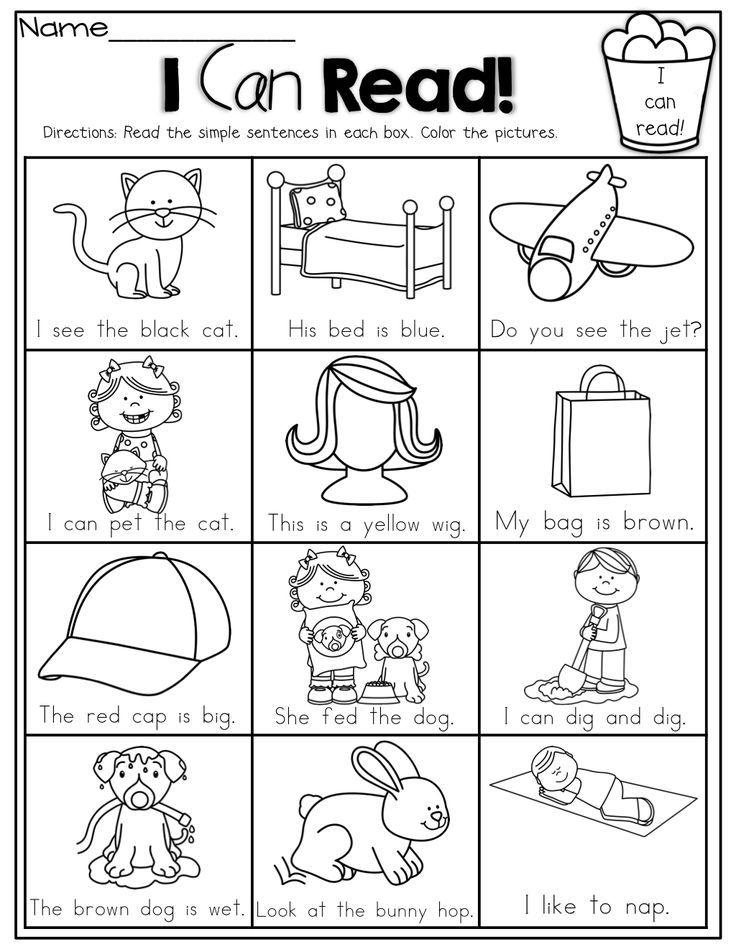 Each of these skills builds on the other.
Each of these skills builds on the other.
Readiness
Before a child can learn to write, he must be able to recognize at least some of the letters in the alphabet. While your child may initially learn letters by associating them with pictures, he needs to be able to identify letters by their shapes so that he can write them. His fine motor skills must also be developed to the point that he can hold a crayon or pencil in his hand firmly enough to trace or copy letters. Writing doesn’t always come easily and requires that a child be able to concentrate as well.
Preschool development: how to teach a child to write letters | Child health | Health
Our expert — Maryana Bezrukikh, Doctor of Biological Sciences, Professor, Academician of the Russian Academy of Education, Director of the Federal State Budgetary Scientific Institution "Institute of Developmental Physiology of the Russian Academy of Education" (FGBNU "IVF RAO") .
Milich Maya, AiF. ru: At what age is it better to start teaching writing?
ru: At what age is it better to start teaching writing?
Maryana Bezrukikh : Teaching children cursive before school is not worth it. This is a very complex process in which everything is important - the correct fit, and the correct position of the handle, and the way of explaining, and the sequence of studying letters, and much more. But preparation for writing, learning to write in block letters can be one of the areas of work with preschoolers 5.5–6.5 years old.
Comprehensive preparation for learning to write should include the development of motor skills, attention, visual perception, visual memory and other functions. This may be, for example, the development of a child from the age of 4–5.
Usually by the age of 5 or 6, children are ready to learn to print. Therefore, at this age, you can already explain to them how letters are written correctly, show and explain the principle of writing printed letters.
Organization of classes
— How best to present the learning process for a child? As a game or, on the contrary, as a serious process?
— All tasks and pre-school writing preparation classes are conducted only in a playful way.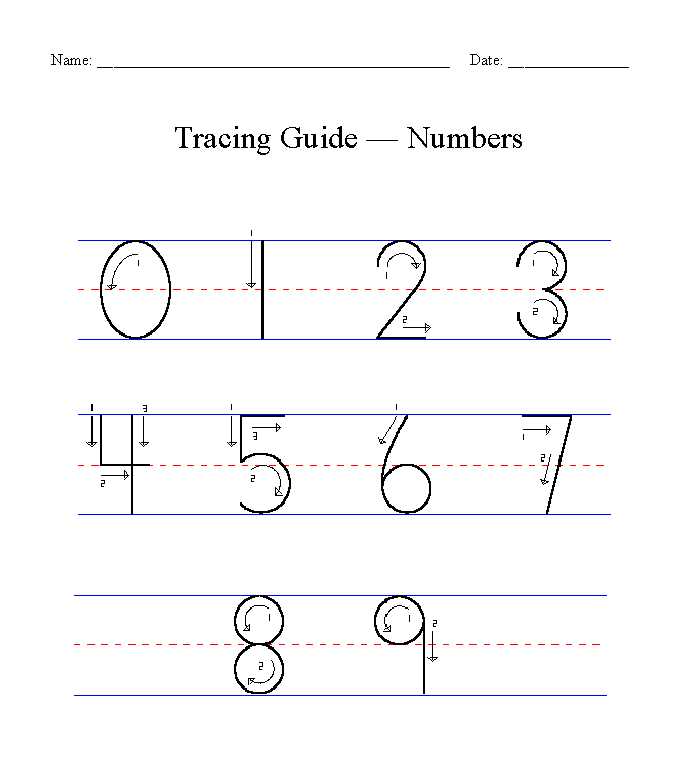 But learning to write at school requires a lot of concentration, so when studying at school, these are not gaming activities.
But learning to write at school requires a lot of concentration, so when studying at school, these are not gaming activities.
In general, learning to write is a very complex and difficult process. Children often have difficulties associated not only with insufficiently developed motor skills, attention, visual memory, etc., but also with haste, with a very high rate of learning letters, with requirements for high writing speed, with an incomprehensible explanation.
— How long and how often can I study with a preschooler?
— Preschool writing classes can be daily, but only last 10-15 minutes.
Particular attention must be paid to the correct fit, the correct position of the handle. The sequence of "steps" to prepare for the letter is described in detail and in detail in special manuals and books that can help parents.
Not working!
- Does it make sense to force a child to write if he does not succeed?
- A preschooler should not be forced to write, especially if "it doesn't work out".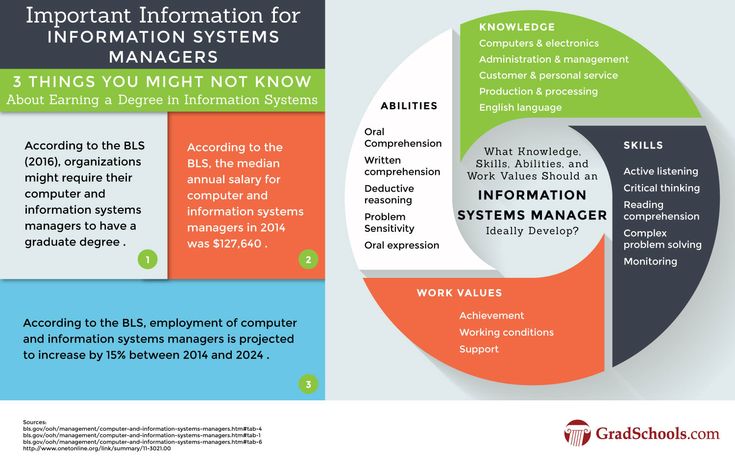 It is better to pay attention to the preparation for the letter.
It is better to pay attention to the preparation for the letter.
But with the difficulties of teaching writing to older children, for example, first-graders, it is necessary, together with the teacher, to understand the causes of the difficulties and find the most effective measures to help.
— What mistakes do parents most often make when they teach their child to write on their own?
- The main mistakes are the replacement of preparation for writing by learning and haste, the desire of parents to teach the child to write as quickly as possible.
At the same time, parents should not forget that writing is the most difficult skill that is formed slowly and for a long time, over the course of three to four years.
Copy-books
— Copy-books are still an up-to-date and effective way to teach a child to write beautifully?
— Yes, copybooks allow you to form the "technical" side of the letter, the correct spelling of letters and their connection.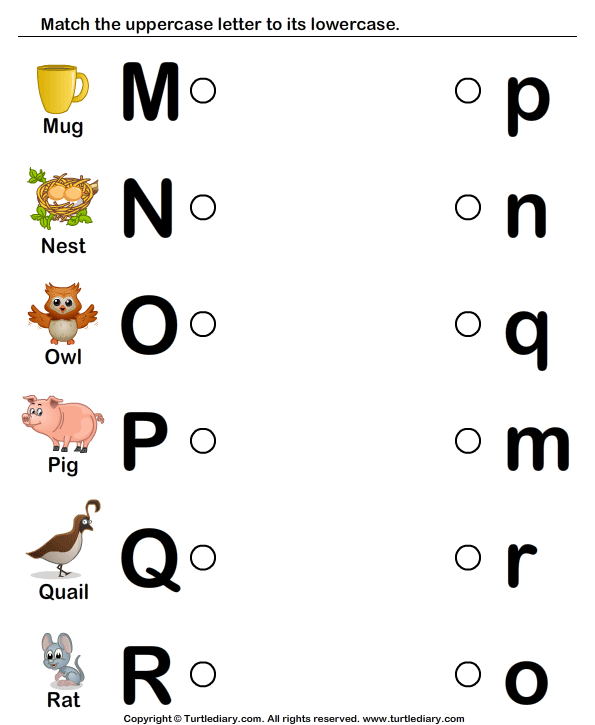 However, now there are many different recipes, and not all of them correspond to the age capabilities of children. And I note that it is not recommended to use prescriptions at preschool age.
However, now there are many different recipes, and not all of them correspond to the age capabilities of children. And I note that it is not recommended to use prescriptions at preschool age.
— By what age does a child develop a manner of writing?
- The "manner" of writing is the stability of the correct execution of all alphabetic elements, their height and width, the slope of the lines, the way the letters are connected, connectivity and other indicators.
For the majority of modern schoolchildren, these indicators are unstable even by the fourth grade. This means that the writing skill is not formed.
Ugly handwriting?
— Why do they learn to write everything in approximately the same way, the letters are written in the same copybook, but everyone has different kidneys?
— Differences in handwriting between children are due to two factors. The first is the maturity of the physiological functions of each individual child, the second is the method of teaching writing. There are different approaches to teaching, different methods. In addition, the individual characteristics of the child's nervous system, his working capacity, and his state of health play a role.
There are different approaches to teaching, different methods. In addition, the individual characteristics of the child's nervous system, his working capacity, and his state of health play a role.
Tips for parents
Show your child how to properly hold a writing object - the pen should lie on the upper phalanx of the middle finger and be fixed with the thumb and forefinger. In this case, the thumb should be above the index finger, and the tip of the pen should be oriented towards the shoulder.
For learning to write, get a special notebook or album - do not use lined paper.
At first, draw simple elements with your child : vertical sticks, sticks with rounded top and bottom, circles, and so on.
Try to visualize any information - when studying a letter, show it in pictures, show how the studied letter is written, while your hand movements should be slow and should be visible to the child.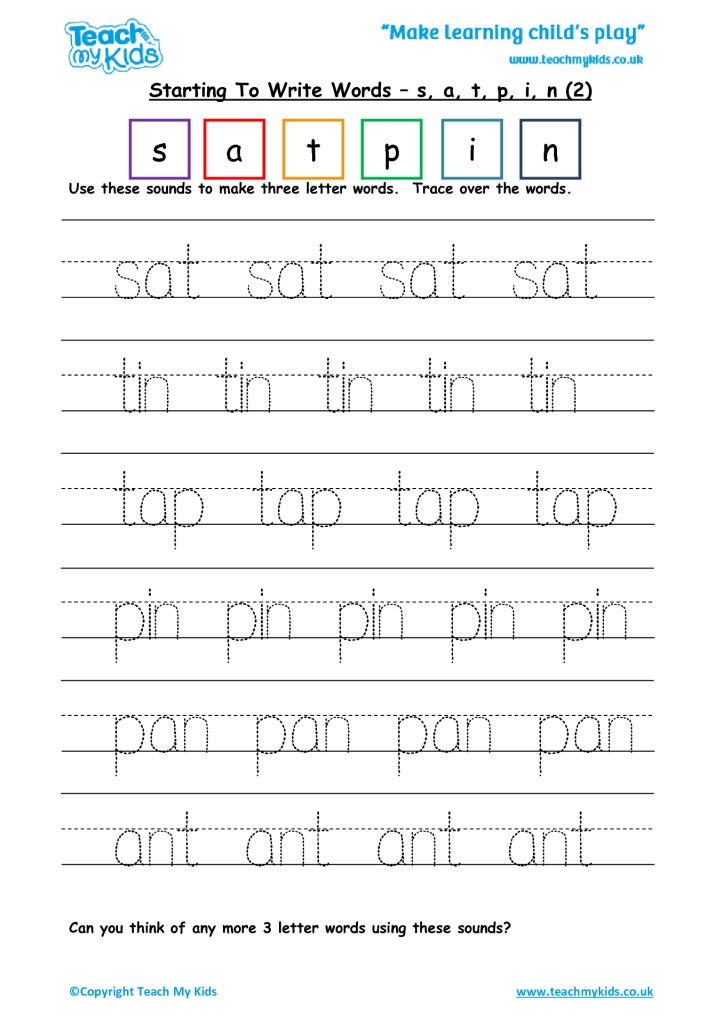
step-by-step instructions with expert advice
And now the first letter, the first word, appears on a piece of paper. Uneven and uncertain. But long-awaited. How to teach a child to write? How can I help him develop writing skills at home? Answers-in our material
Alena Gerashchenko
Author KP
Anna Shumilova
Methodist of the Teacher
Mars
Director of the Online High School “Exponces”
Writing is an important skill that is learned in preschool and elementary school. The opinions of experts differ: someone thinks that it is better not to put a letter to the child at home, someone, on the contrary, is convinced that it is the parent who opens the world of writing to the child. We believe that you can start developing the skill of writing letters at home - learn to draw pictograms, connect dots on paper, draw - not write - letters.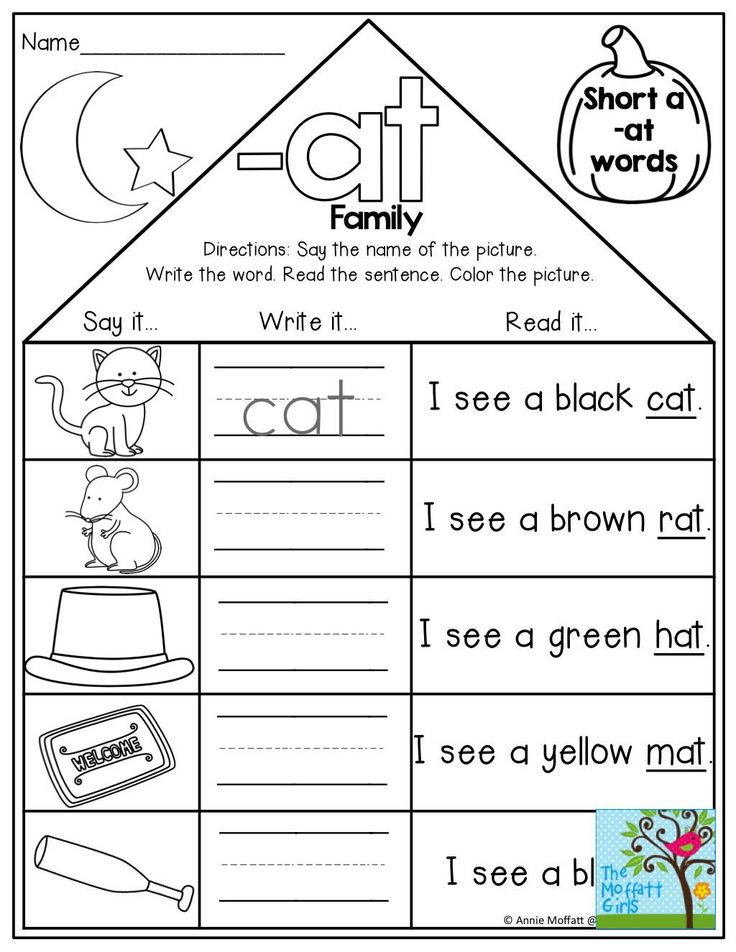 Leave the capital letters and intricate, ornate words to the schoolteachers. Teach your child the basics. Get him interested in drawing, help develop spatial perception of reality, teach hand-finger coordination. We will tell you step by step how to teach your child the basics of writing before school.
Leave the capital letters and intricate, ornate words to the schoolteachers. Teach your child the basics. Get him interested in drawing, help develop spatial perception of reality, teach hand-finger coordination. We will tell you step by step how to teach your child the basics of writing before school.
Step-by-step instructions for teaching a child to write
Everything needs a system. In training, a systematic, everyday contribution to the development of skills is very important. Compliance with the following steps will lay the foundation for high-quality development of the child's writing.
Step #1. Get interested
Start telling children in an exciting way what writing is, why it is needed, how it originated and developed. The main thing is to present the story not with dry facts. Do it brightly, colorfully, picturesquely. Show your child photographs of the walls of the Egyptian pyramids, which depict various drawings and hieroglyphs. Tell your son or daughter the story of the Novgorod boy Onfim, who wrote birch bark letters in the 13th century, show his monument, and the letters and drawings. The emotional presentation of the story, coupled with illustrative material - all this will resonate with the child. Also invite the child to do the exercises during the stories. Here are a couple of activities to accompany stories that will help your child understand the nature of writing and want to learn to write on their own as soon as possible.
Tell your son or daughter the story of the Novgorod boy Onfim, who wrote birch bark letters in the 13th century, show his monument, and the letters and drawings. The emotional presentation of the story, coupled with illustrative material - all this will resonate with the child. Also invite the child to do the exercises during the stories. Here are a couple of activities to accompany stories that will help your child understand the nature of writing and want to learn to write on their own as soon as possible.
Exercise 1
Show your child pictograms (wall pictures that our ancestors used to communicate information to each other), invite him to fantasize and make up an oral story based on the pictures he saw.
Exercise 2
And vice versa: make up a story with the child and invite him to illustrate it in detail with the help of pictures. Such tasks, among other things, develop fantasy, speech and storytelling skills.
After the pictograms, go on to explain ideographic writing.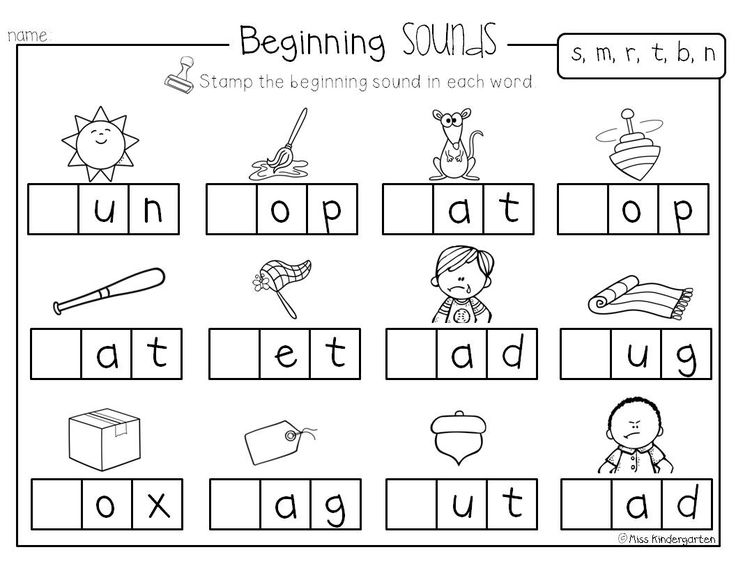 It sounds complicated, but in fact, ideography uses simplified pictograms - symbols. The Chinese language is built on symbolism (principle 1 character = 1 word), designations in the transport sector. Acquaintance with the symbols will be interesting to the child if you pay attention to them during a walk.
It sounds complicated, but in fact, ideography uses simplified pictograms - symbols. The Chinese language is built on symbolism (principle 1 character = 1 word), designations in the transport sector. Acquaintance with the symbols will be interesting to the child if you pay attention to them during a walk.
You can teach your child to draw simple images with meaning: for example, two wavy horizontal lines symbolize a pond; crossed circle - prohibition, the word "no" and so on. Stories about ideographic writing and "practical ideography" will expand the horizons of the baby, teach him to perceive the world around him more sensitively, develop creative thinking, and teach spatial perception.
If you feel that the kid is ready for more (asks questions, draws a lot), tell him about modern writing, about languages. Explain that the Egyptians wrote from right to left - it was inconvenient: hieroglyphs, drawings were smeared by hand. Show your child that writing like this is not very convenient.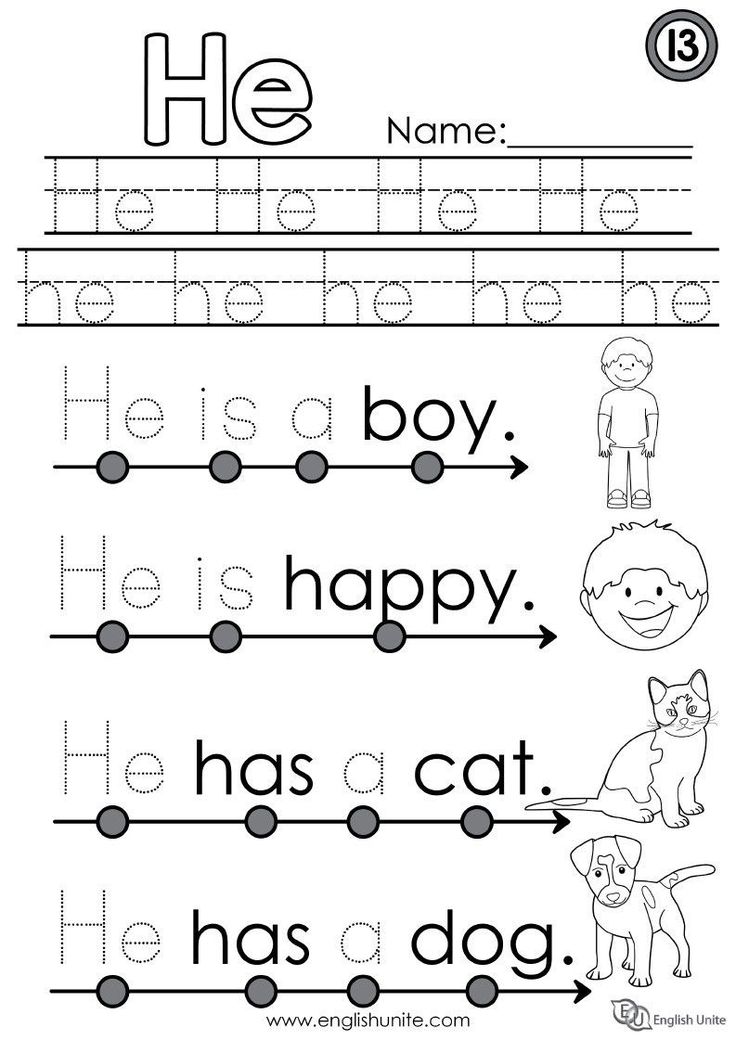 Tell us that we inherit the experience of the ancient Greeks - we write from left to right. Take a digression into history and tell the fidget that Latin was developed from the ancient Greek language, and it became the official language of the church. Latin formed the basis of many other languages (English, German). And our ancestors developed Slavic writing, the Russian language. Conclude that today we use the Russian script, an alphabet of 33 letters. Show the child a primer, study each letter with him. Invite the child to circle each of them with a finger.
Tell us that we inherit the experience of the ancient Greeks - we write from left to right. Take a digression into history and tell the fidget that Latin was developed from the ancient Greek language, and it became the official language of the church. Latin formed the basis of many other languages (English, German). And our ancestors developed Slavic writing, the Russian language. Conclude that today we use the Russian script, an alphabet of 33 letters. Show the child a primer, study each letter with him. Invite the child to circle each of them with a finger.
Step #2: Practice Moderately
Spend no more than 15 minutes per day on letter-drawing. Let the child during this time repeat the outlines of the letters from the primer. Let him try to draw them. If the letters are crooked - it's not scary. It should not scare you that the signs crawling out from under the pencil of a novice writer do not quite look like letters. Transform the process of learning to write into a game - sit next to the baby and draw incomprehensible signs of eyes, smiles, legs and arms. So the child will have more fun. He will trust you, the process, the primer, and next time he will accurately draw a letter, and not a hippopotamus or a fat cat. The main rule is to learn to draw letters for a quarter of an hour. Let the child rest. Even the creativity that the kid is passionate about can exhaust him and discourage him from learning to write.
So the child will have more fun. He will trust you, the process, the primer, and next time he will accurately draw a letter, and not a hippopotamus or a fat cat. The main rule is to learn to draw letters for a quarter of an hour. Let the child rest. Even the creativity that the kid is passionate about can exhaust him and discourage him from learning to write.
Spend no more than 15 minutes a day on letter-drawing. Photo: globallookpress.com
Step No. 3. “We wrote, we wrote, our fingers were tired!” Develop fine motor skills
Together with your child, sculpt from plasticine, build towers and wonderful animals from the designer, draw, color, make applications, lay out mosaics, embroider with a cross. Practice daily, captivate your child with creativity and at the same time help him develop fine motor skills of his hands. If he learns to manipulate various small objects, it will be easier for him to learn to write. Fine motor skills training allows you to develop the temporal regions of the brain that are responsible for speech. If the baby has good motor skills, he writes well, then it will also not be difficult for him to tell a poem beautifully or come up with a story and vividly present it to his family, classmates, teacher. In man, everything is very subtly interconnected.
If the baby has good motor skills, he writes well, then it will also not be difficult for him to tell a poem beautifully or come up with a story and vividly present it to his family, classmates, teacher. In man, everything is very subtly interconnected.
See also
"Mom, buy": how to deal with children's requests in the shopping center, parental abuse in response: perhaps each of us was an unwitting witness to such heartbreaking scenes. Together with the teacher-psychologist Ekaterina Bolysheva, we learn to avoid mistakes that can lead to children's tantrums in the store0131
The child's back must not be bent by the wheel. Incorrect posture will negatively affect the health of the internal organs of the baby, his psychological state, even the activity of his thinking. Do sports with your child (gymnastics, swimming). Show him how to walk correctly - straight with a slightly raised chin, rushing the top of his head up. Teach him to sit at the table correctly: the child should bend in the lower back, the shoulders should be slightly relaxed, lowered.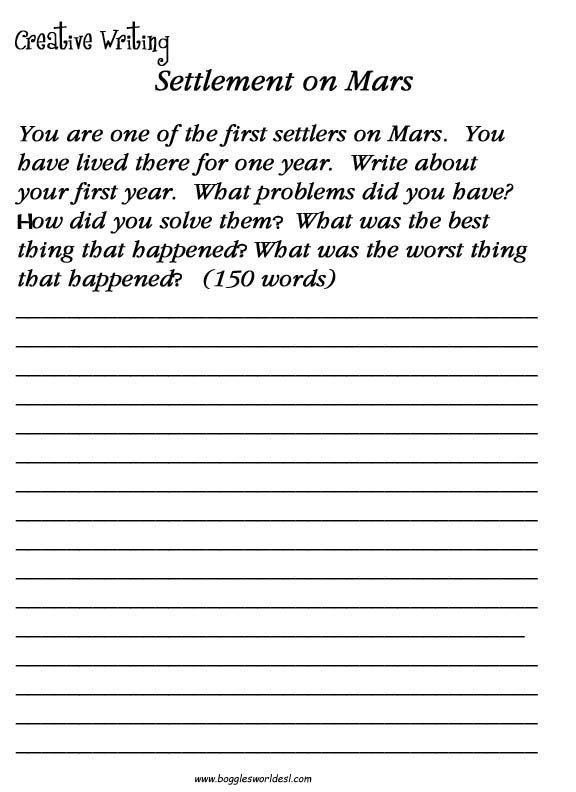 The kid should not lean heavily on the back of the chair and shift the entire body weight onto the table. The muscles of the upper body should be toned and slightly tense, but the neck should not be pulled forward. A slight tilt of the head is acceptable. In any case, consult with your pediatrician about how to properly seat your child at the table. He will suggest effective practices for controlling the muscles of the back, neck, arms and will talk in detail about why it is so important to develop the habit of sitting at the table correctly.
The kid should not lean heavily on the back of the chair and shift the entire body weight onto the table. The muscles of the upper body should be toned and slightly tense, but the neck should not be pulled forward. A slight tilt of the head is acceptable. In any case, consult with your pediatrician about how to properly seat your child at the table. He will suggest effective practices for controlling the muscles of the back, neck, arms and will talk in detail about why it is so important to develop the habit of sitting at the table correctly.
Popular questions and answers
How to teach a child to write beautifully?
Anna Shumilova, methodologist of the Uchi.ru platform:
— Is it really necessary to demand beautiful handwriting and perfectly clean notebooks from a child? Some parents are worried when teachers lower their children's grades for the design of notebooks, and they believe that the main thing is to write down the exercise without errors, give the correct answer to the question, and find the right solution to the problem.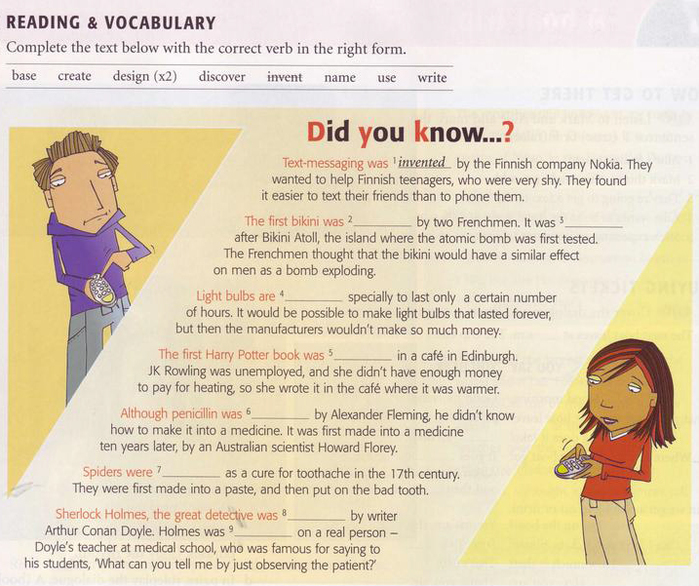 Other parents, on the contrary, force the child to rewrite the work with blots and expect the teacher to spend enough time on calligraphy in the classroom. The truth, as always, lies somewhere in the middle. Any teacher knows from his own experience that in dirty, untidy notebooks there are rarely work without errors. Order and accuracy help to form a harmonious, logical thinking. If the student writes quickly and readably, this becomes a huge advantage for him in mastering the school material. We are of the opinion that the teacher should teach children to write. Any adult person knows for himself that it is quite difficult to change handwriting or the way letters are written. Incorrect spelling of letters will not help either the first grader or his teacher, but, on the contrary, will cause additional difficulties. However, a parent can help.
Other parents, on the contrary, force the child to rewrite the work with blots and expect the teacher to spend enough time on calligraphy in the classroom. The truth, as always, lies somewhere in the middle. Any teacher knows from his own experience that in dirty, untidy notebooks there are rarely work without errors. Order and accuracy help to form a harmonious, logical thinking. If the student writes quickly and readably, this becomes a huge advantage for him in mastering the school material. We are of the opinion that the teacher should teach children to write. Any adult person knows for himself that it is quite difficult to change handwriting or the way letters are written. Incorrect spelling of letters will not help either the first grader or his teacher, but, on the contrary, will cause additional difficulties. However, a parent can help.
If you want to help your child prepare for writing, it is best to start with block letters and do no more than 20 minutes at a time. You should also explain to the future student the basic principles of writing.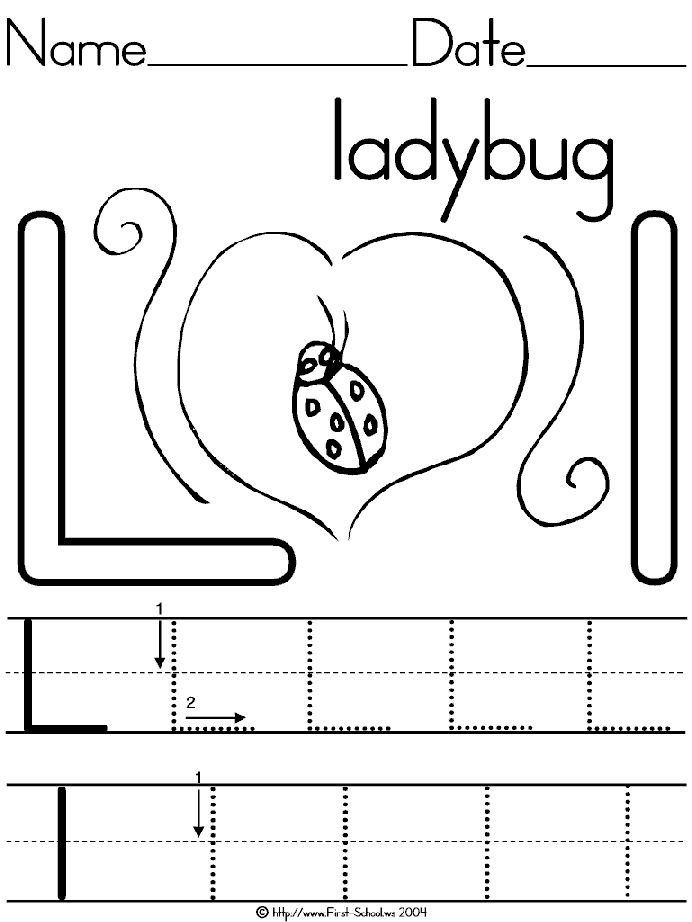
1. The line is the letter house. It has a floor and a ceiling. You can not break through the floor and stick out the legs of the letters from there. You can't break through the ceiling and stick your head out like a giraffe. If such a nuisance nevertheless happened with the letters, you can give the child a colored pencil and ask them to underline the hooligan letters and ask what exactly is wrong with them. After that, be sure to underline the letters that turned out to be written correctly, and praise the child. Another great exercise is coloring. We select a small part of the picture and ask to color it without going beyond the outline of the figure. For little naughty fingers, it's not so easy.
2. When we write letters, we imagine the rails on which the train travels. If the rails cross, the train will derail and fall. The letters should not dance on the line, but stand like soldiers. After the kid writes a line, you can take a ruler and draw vertical lines through the letters.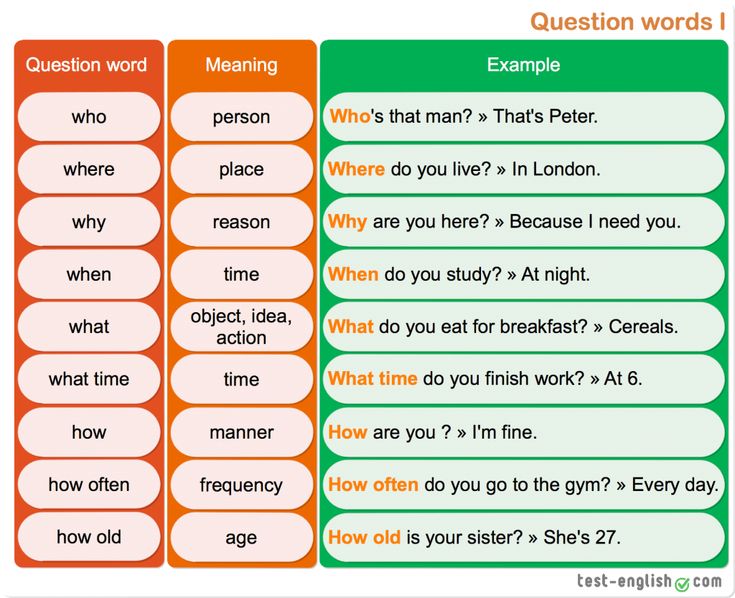 If the rails are straight everywhere, then the train arrived wonderfully, and you can put a big fat plus on this line! Over time, the rails may become slanted, but should remain parallel.
If the rails are straight everywhere, then the train arrived wonderfully, and you can put a big fat plus on this line! Over time, the rails may become slanted, but should remain parallel.
3. Written letters consist of a certain set of elements: sticks, hooks, loops and ovals. As we wrote above, it’s better not to collect letters without a teacher, but it’s worth practicing writing sticks of different lengths. To work with an oval, we can draw a box. The oval should look out the window and not get stuck in it. If a child draws a circle, then his chubby cheeks will not crawl through the window. Cheeks will have to be erased. In addition to writing, we advise you to have an A4 lined notebook. If you don't have one, the regular one will do. First, the parent himself draws a large beautiful printed letter. The child paints its elements in different colors. Then we write giant letters (several centimeters high). At the beginning of the line, the parent puts dots, the child circles them, and only then appends the line on his own. Next come the middle letters and, towards the end of the page, the midget letters. While the child is writing, you can ask him to pronounce the sound of a capital letter in a rough voice, the sound of a middle letter in a normal voice, and squeak the sound of a midget letter. That will be much more fun!
Next come the middle letters and, towards the end of the page, the midget letters. While the child is writing, you can ask him to pronounce the sound of a capital letter in a rough voice, the sound of a middle letter in a normal voice, and squeak the sound of a midget letter. That will be much more fun!
How to teach a child to write quickly?
Anna Shumilova:
— A quick letter is a continuous letter. He will be taught by a teacher at school. As soon as the literacy period ends (around February 1st grade) and the Russian language begins, you can dictate very short dictations to your child. You can use the collection of O. V. Uzorova. You can come up with short funny sentences about your child yourself. This will generate additional interest in the letter. Only practice and control over the maximum continuity of the hand while writing one word will help to write quickly. So that the child does not forget what this or that letter looks like (which happens up to grade 3), it is necessary to spend minutes of calligraphy.
Read also
A child's motivation to study at school
"Komsomolskaya Pravda" tells why children are waiting for the Day of Knowledge so much, but after a week they suddenly start to get sick and tells how to make the child motivated to study
2
How to teach a child to write at home?
Almaz Marsov, director of the online school "It's clear":
- Learning to write can be divided into 2 stages: preparing the hand for writing and writing itself. At the preparatory stage, you need to teach the child to coordinate brush movements. To do this, play and create with your child. Coloring pages, hatching tasks, as well as graphic exercises will help you: graphomotor tests, labyrinths, tasks of the series “connect by dots”, “connect by dotted lines”, “draw the second half” and so on. In a word, these are the tasks that will teach a child to use a pencil or pen - to set the direction of the lines, control the force of pressure, control the size of the image, the clarity of the lines and smoothness.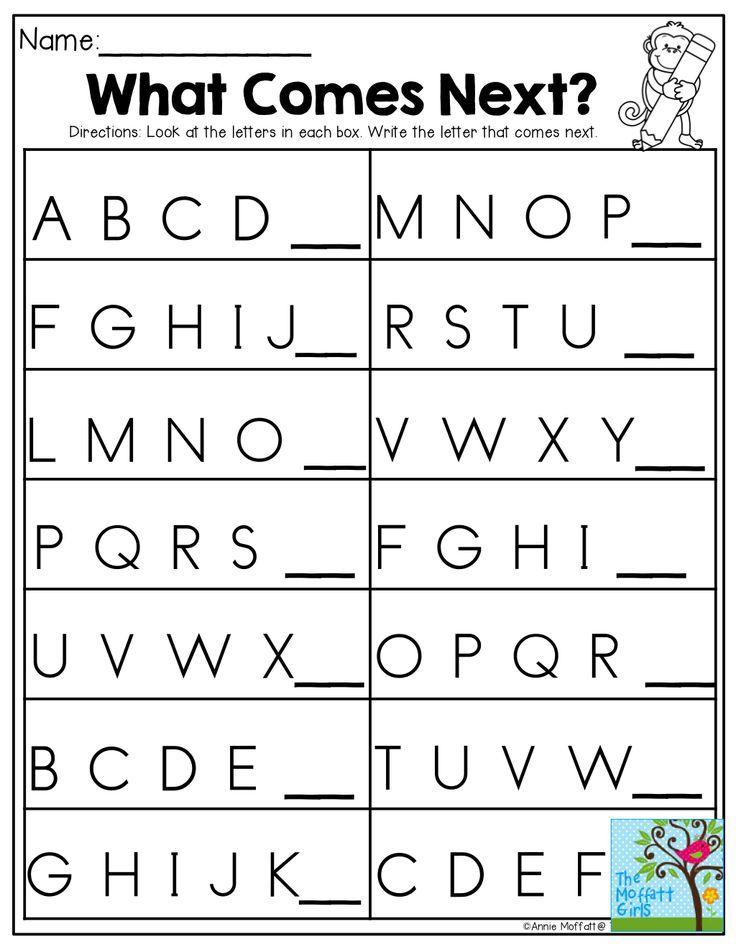 After that, you can start writing letters and numbers.
After that, you can start writing letters and numbers.
The main principle is to go from simple to complex. First, you can learn to write part of a letter or number, then the letter or number in full. It is important to show the child the correct sequence of writing letters and numbers: from left to right, from top to bottom. Too many children come to school with the wrong letter and are faced with the need to relearn. To avoid this, we recommend that you complete tasks with the children and control the correct spelling until they develop a writing skill.
Of course, the best helper is prescription. As soon as the child masters the letter with a hint, you can move on to a more difficult option - writing in a notebook. The more practice, the more confident and better the child's writing. Finally, the skill needs to be consolidated and improved. Write everywhere: sign drawings and crafts, write on asphalt with crayons, on misted glass with your finger - turn writing into a game and an interesting activity for a child.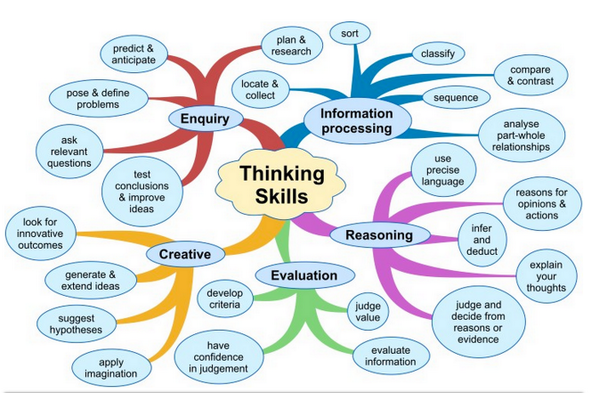 The more you practice, the faster and more beautiful the child will write.
The more you practice, the faster and more beautiful the child will write.
What kind of games help children develop writing skills?
Anna Shumilova:
— Almost any exercise can be turned into a game. It depends on the submission of the material. You can draw letters with your nose in the air, collect letters from sweets. You can color the letters, circle them with dots, and then give them gifts. If the letter is oval, it is necessary to give objects that also contain an oval in their image. Write not only at the table, but also with chalk on the pavement, a marker on a blackboard, sand on glass or on a piece of paper, show letters on your fingers, ask you to guess which letter you are in.
What determines how fast a child learns to write?
Anna Shumilova:
— We recommend taking your child to at least a few calligraphy lessons or watching video tutorials on YouTube.